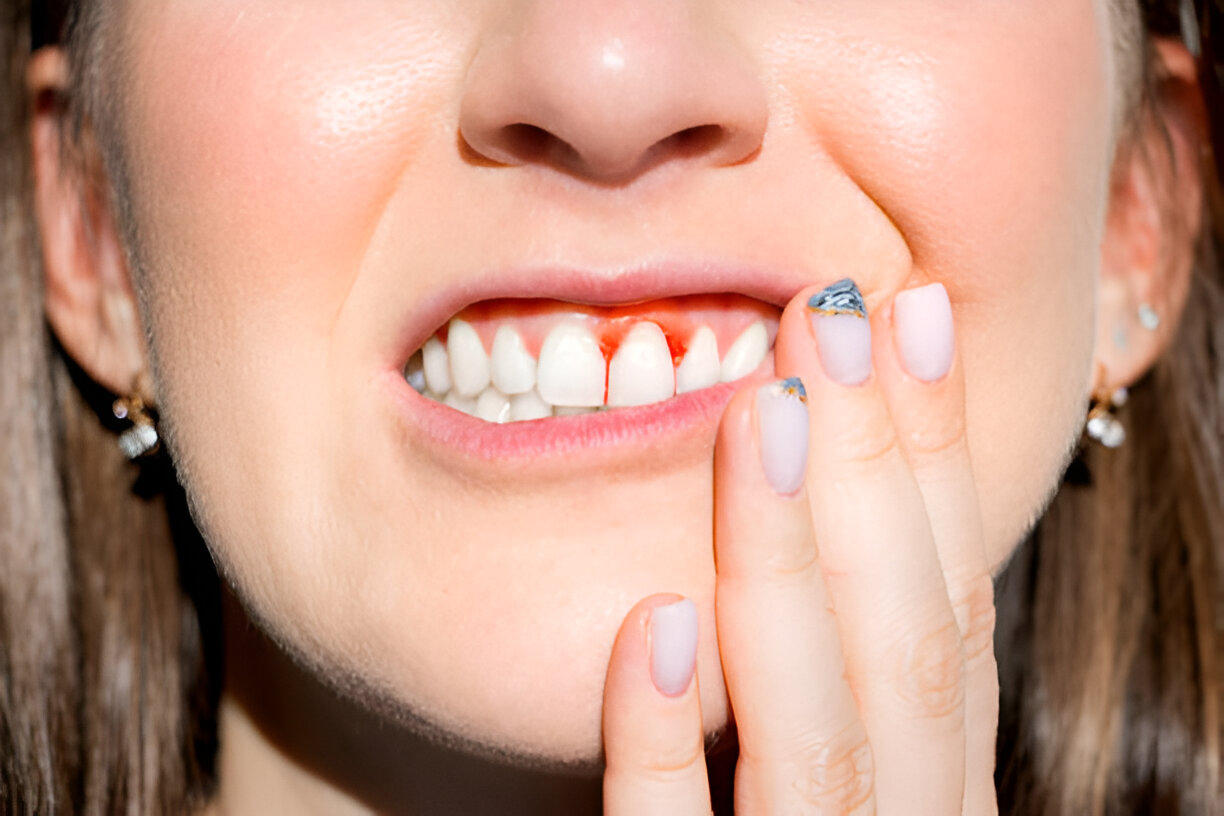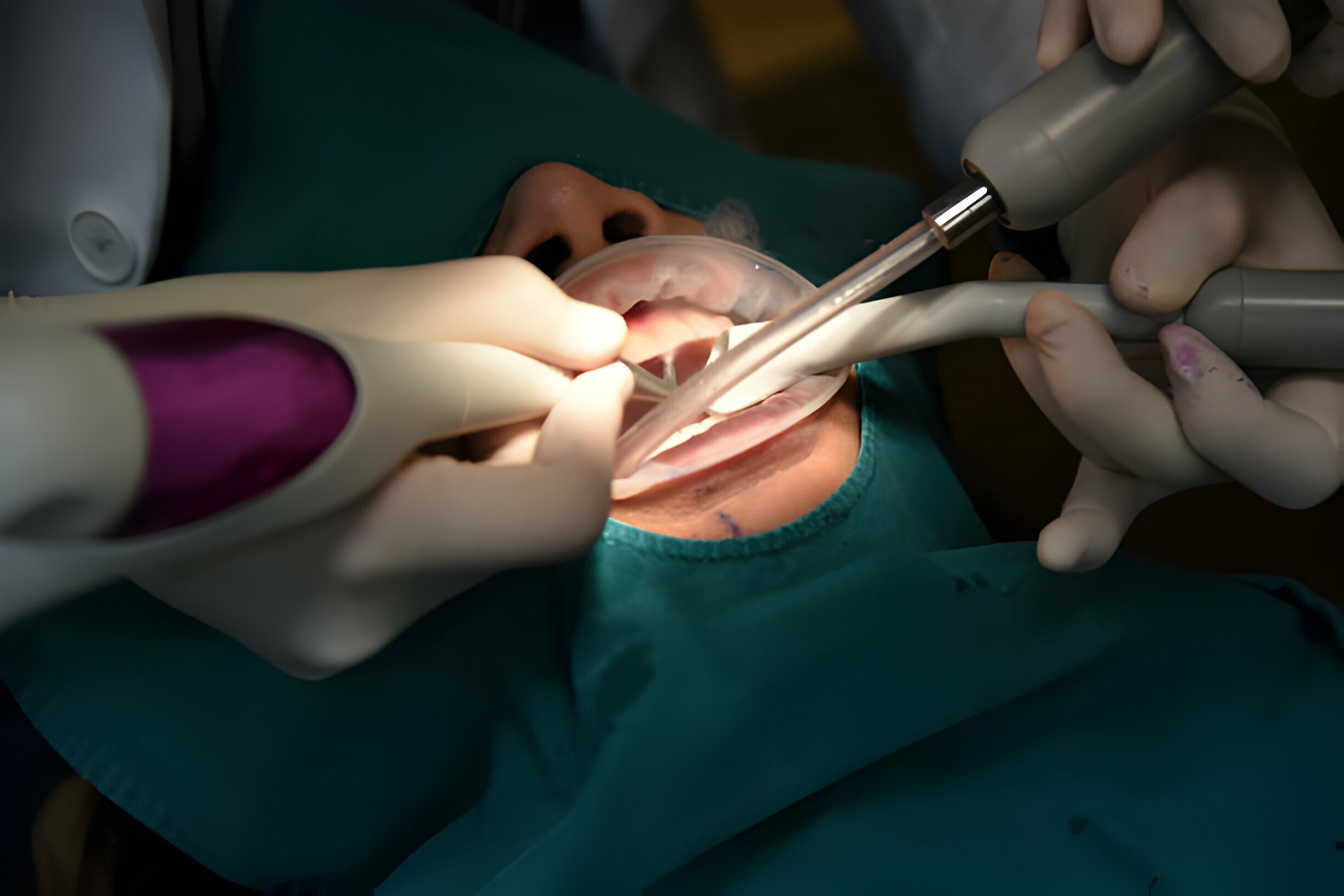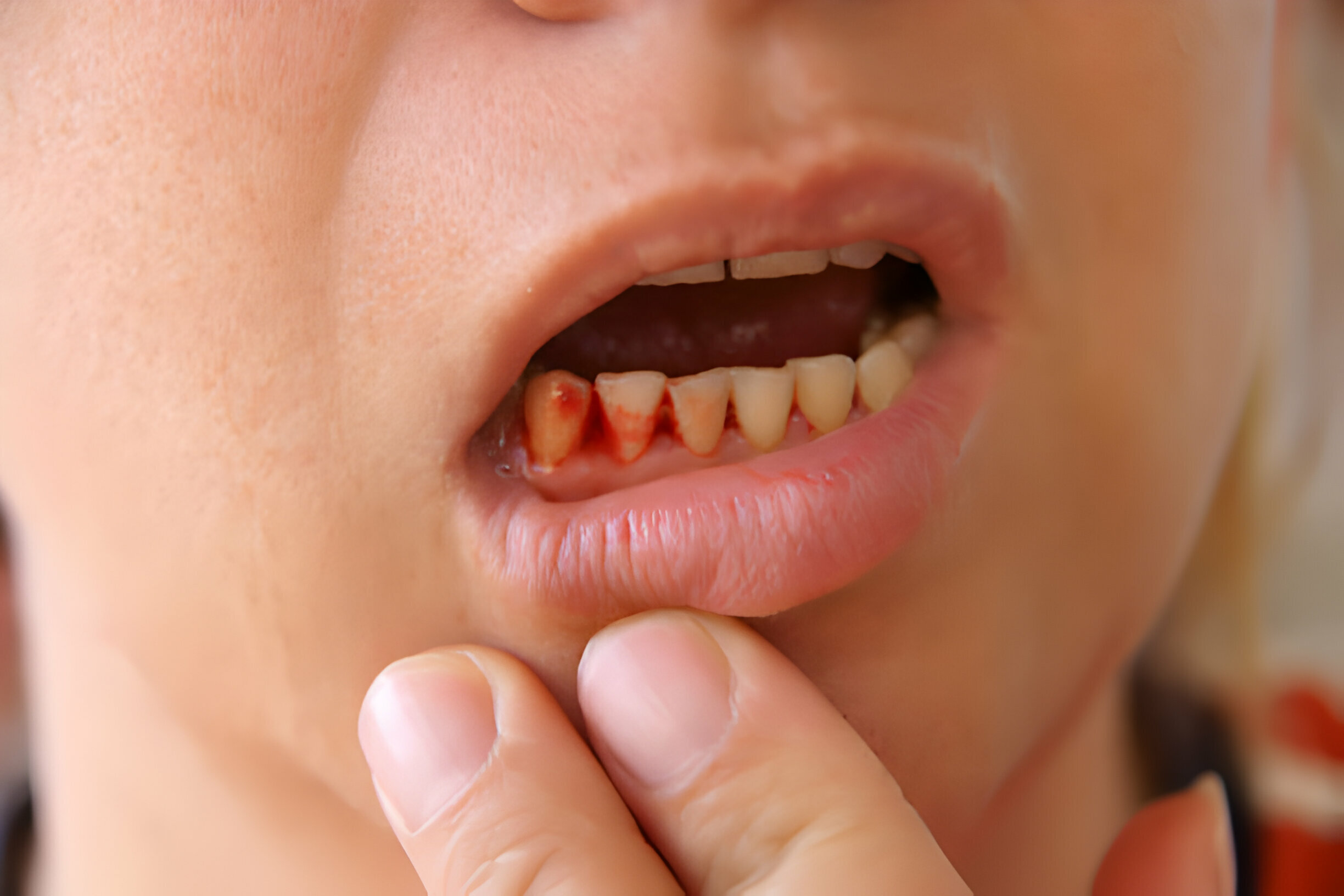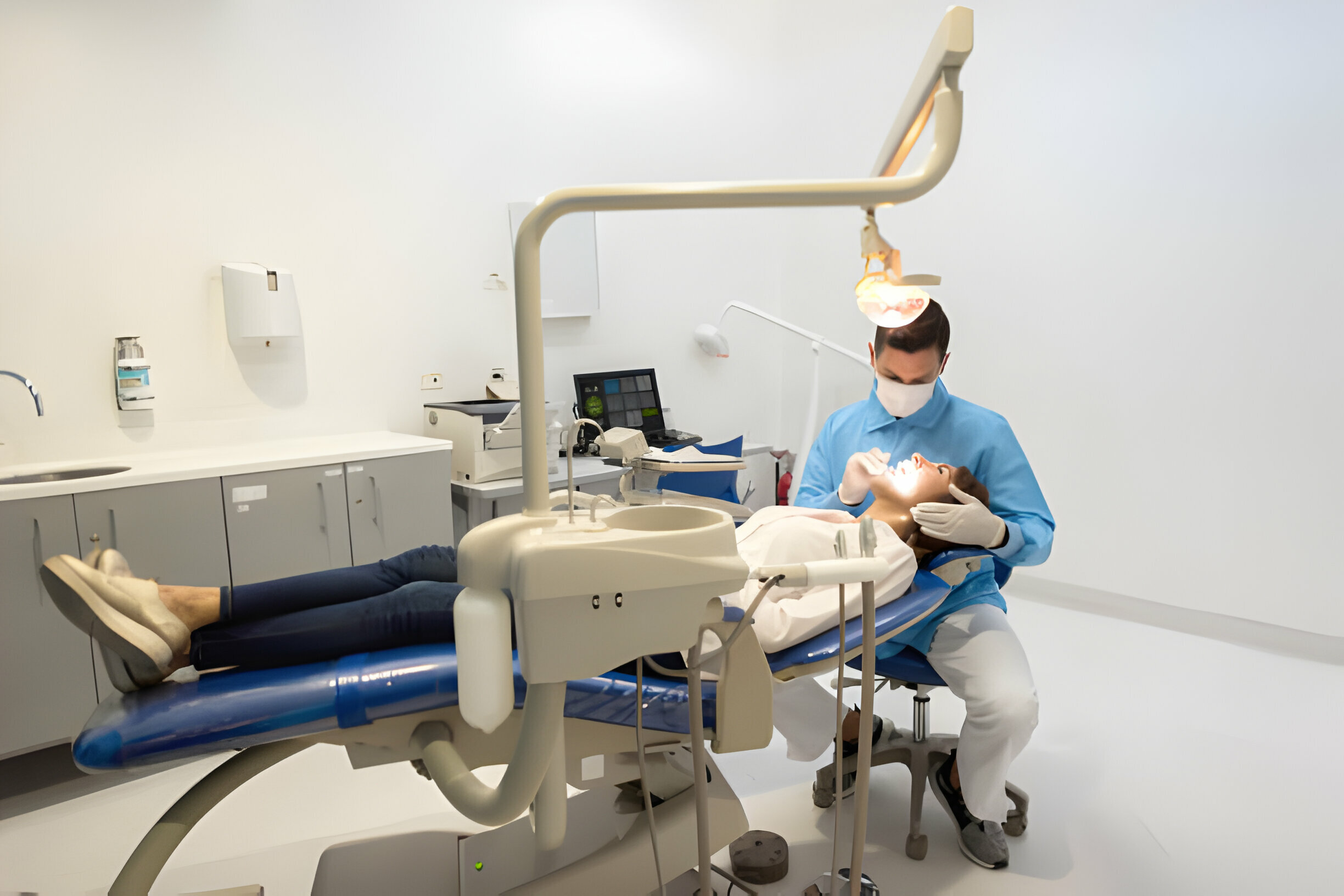Summary
Sundance Dental & Orthodontics offers financial assistance for gum disease treatment, enabling patients to access affordable care without compromising their oral health. These grants cover various aspects of dental procedures, from initial consultations to advanced treatments. By reducing the financial burden, Sundance empowers individuals to prioritize their dental health. This blog explores the benefits of dentist grants, the types of treatments covered, and the application process, making it easier for patients to understand and utilize these opportunities effectively.
Gum disease, or periodontal disease, affects millions globally and can lead to severe oral health complications if untreated. Fortunately, Sundance Dental allows patients to access gum disease treatment in grants without worrying about financial constraints. This article delves into how these grants function, their advantages, and why they are a game-changer for oral health enthusiasts.
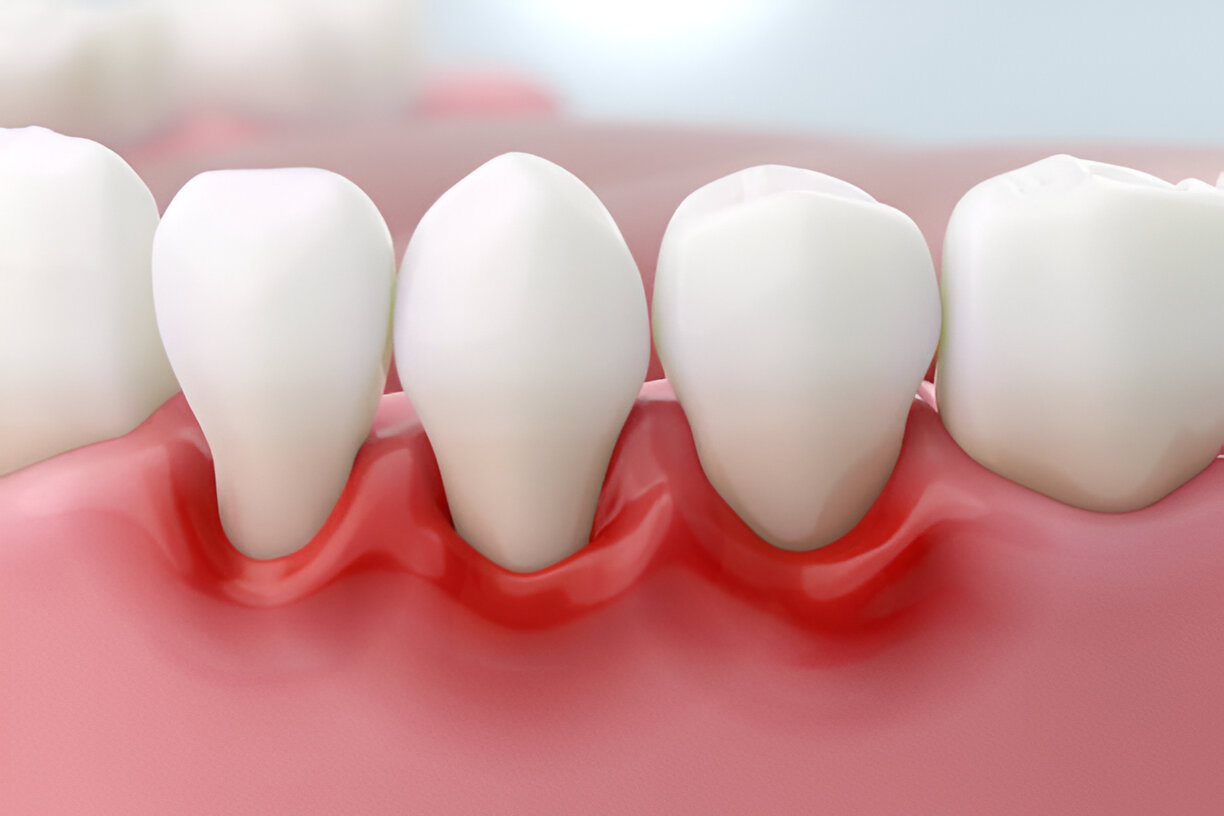
Understanding Dentist Grants
Dentist grants are financial assistance programs designed to help individuals manage the costs of necessary dental treatments. At Sundance, these grants focus on bridging the gap between affordability and access, ensuring quality care for everyone, regardless of financial constraints.
Sundance Dental & Orthodontics stands out by addressing various oral health needs, including advanced treatments for gum disease. Here’s what makes them invaluable:
- Cost Reduction for Treatments: Sundance Dental alleviates the financial burden associated with complex procedures, such as periodontal therapy and gum disease remedy. This makes essential care more accessible to patients.
- Encouragement for Preventive Care: These grants motivate patients to seek early intervention for oral health issues by reducing upfront costs and preventing severe conditions and costly treatments later.
- Support for Advanced Procedures: Grants cover a portion of expenses for specialized treatments, including scaling, root planing, and laser therapy, enabling patients to maintain healthier smiles.
- Focus on Long-Term Benefits: With financial aid, patients can prioritize their oral health, reducing risks of complications like tooth loss and systemic diseases while enhancing overall well-being.
Sundance Dental offers a practical, patient-centered solution that combines affordability, accessibility, and superior dental care, making oral health a priority for all.
Fun Fact:
Did you know that gum disease is the leading cause of tooth loss in adults aged 35 and older? Addressing this issue early can save not only your teeth but also your finances!
How Gum Disease Treatment Benefits From Grants
Gum disease treatment in grants offers patients access to a variety of therapies designed to combat periodontal diseases effectively. Sundance Dental & Orthodontics makes these treatments accessible, empowering individuals to prioritize their oral health. Here’s how the financial support enhances gum disease care:
1. Accessibility to Professional Care
The high cost of dental treatments often deters people from seeking help for gum disease. Sundance Dental reduces these financial barriers, making it easier for patients to access professional care. With the support of these grants:
- Patients can afford advanced treatments, including scaling, root planing, and laser therapy, which are crucial for managing periodontal disease.
- Individuals feel encouraged to address gum health issues before they escalate, leading to timely interventions and improved outcomes.
2. Prevention of Severe Complications
When left untreated, gum disease can progress into severe issues, including tooth loss, jawbone deterioration, and even systemic health risks like diabetes or heart disease. By offering financial relief, Sundance Dental Grants enables patients to:
- Prioritize early diagnosis and effective treatment of gum disease
- Achieve long-term oral and overall health benefits at a reduced cost, saving them from more invasive and expensive procedures later
3. Improved Quality of Life
Healthy gums are vital in maintaining a person’s confidence, comfort, and ability to eat or speak without discomfort. By easing the cost of gum disease treatment, grants ensure:
- Patients regain and maintain their oral health
- A boost in self-esteem as their smile and health improve
Sundance Dental & Orthodontics makes treatments affordable and allows individuals to safeguard their oral health and overall well-being. This transformative support emphasizes early action and long-term benefits.

Types of Gum Disease Treatments Covered
Sundance Dental offers support for a variety of gum disease treatments in Grants options:
1. Non-Surgical Treatments
- Scaling and Root Planing: A deep cleaning procedure to remove plaque and tartar below the gum line
- Antibiotic Therapy: Medications to control bacterial infections
2. Surgical Treatments
- Gum Grafting: Restoring receded gum tissue
- Pocket Reduction Surgery: Eliminating bacteria from deep pockets around teeth
3. Advanced Procedures
- Laser Therapy: Minimally invasive treatment to remove infected tissue and promote healing
- Bone Grafting: Rebuilding bone structure for better oral support
The Application Process for Sundance Dental Grants
Securing financial assistance through Sundance Dental Grants is simple and accessible. Here’s a step-by-step guide:
Step 1: Initial Consultation
Start by booking an appointment with a participating dentist. During this visit, you’ll discuss your oral health needs, including any concerns about gum disease. The dentist will evaluate your condition and outline potential next steps.
Step 2: Eligibility Assessment
To determine eligibility, you’ll need to submit essential documents for verification. This step helps assess your financial need and the scope of required treatments. The dental team reviews your case to ensure it meets the grant criteria.
Step 3: Approval and Treatment Planning
Once your application is approved, you’ll receive confirmation of grant allocation. From there, work closely with your dentist to design a personalized treatment plan tailored to your needs. This includes a detailed timeline and financial breakdown to ensure transparency.
By following these straightforward steps, patients can access affordable dental care and take significant steps toward better oral health. With Sundance Dental Grants, overcoming barriers to necessary treatments, like gum disease care, becomes a reality.
Why Choose Sundance Dental Grants for Gum Disease
Sundance stands out for its commitment to patient care and affordability. Here’s why these grants are an excellent choice:
1. Tailored Financial Solutions
- Grants are customized to meet individual needs, ensuring affordability without compromising quality.
2. Experienced Dental Professionals
- Sundance collaborates with skilled dentists who specialize in gum disease.
3. Community Focus
- These grants support local communities, ensuring broader access to essential dental care.
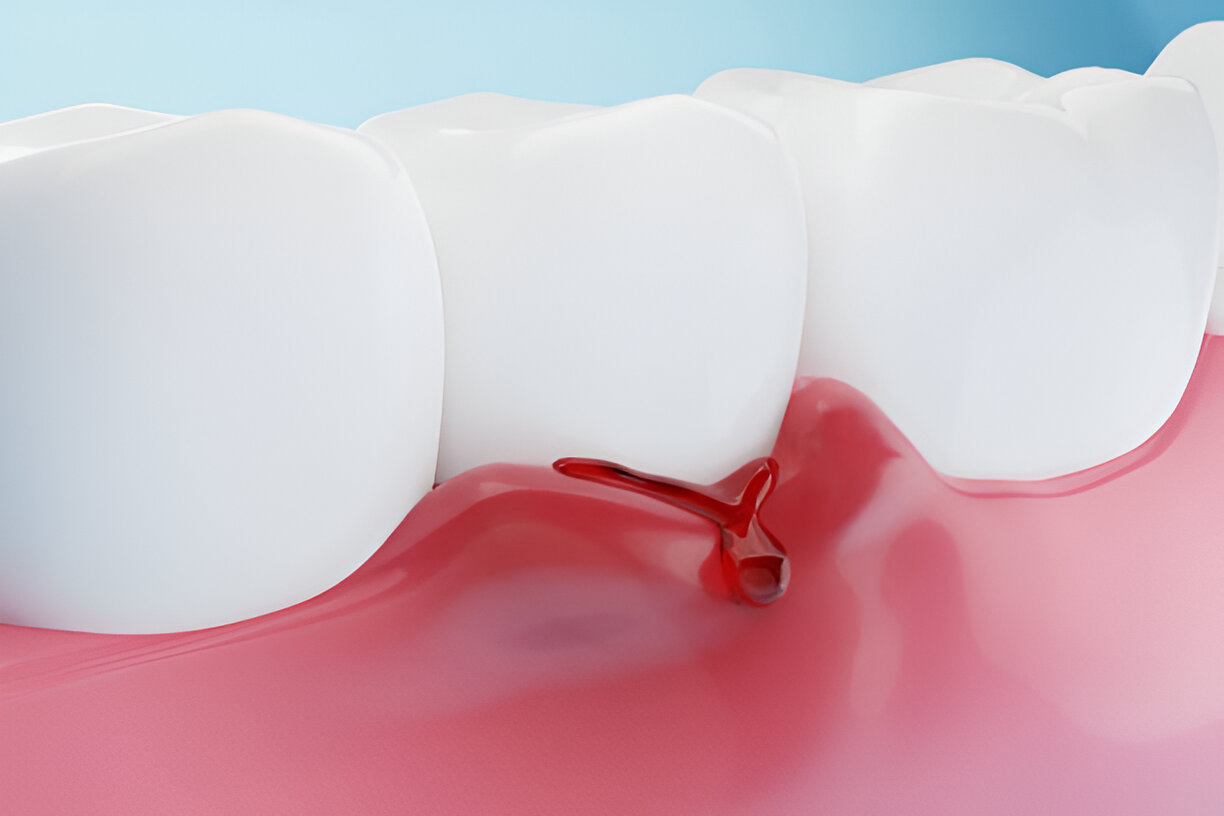
Takeaways
- Sundance Dental & Orthodontics reduces the financial burden of gum disease treatment, making quality care accessible.
- Early intervention and affordable treatments prevent severe oral and systemic health issues.
- A straightforward application process ensures seamless access to professional dental care at Sundance Dental & Orthodontics.
- Non-surgical, surgical, and advanced treatments are supported under the grant program.
- Partnering with skilled dentists ensures comprehensive and effective periodontal care.



